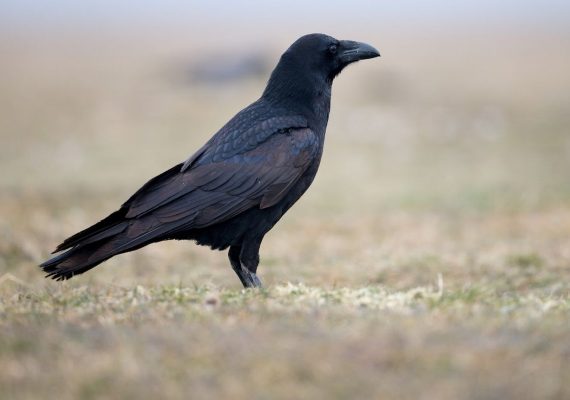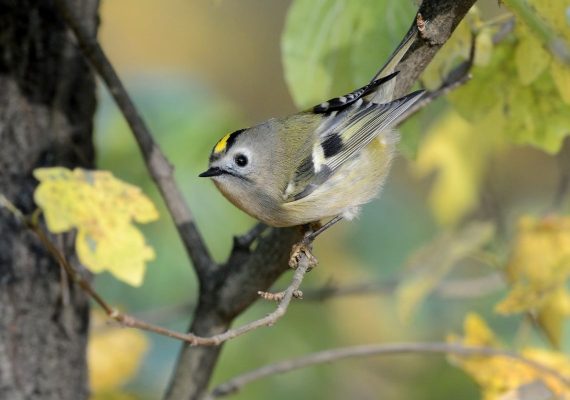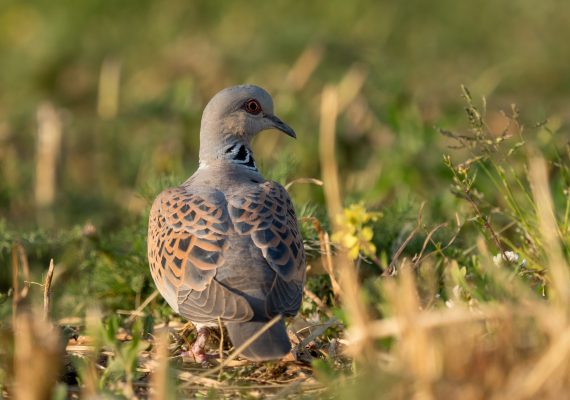
What is new in 2024 data update?
December 11, 2024
Collecting data with only a one-year delay has become the golden PECBMS standard. We are grateful to all the national coordinators for their efforts to deliver their data up to 2023.
December 11, 2024
Collecting data with only a one-year delay has become the golden PECBMS standard. We are grateful to all the national coordinators for their efforts to deliver their data up to 2023.
December 11, 2024
This report presents updated population trends and indices of 170 wild European bird species for 1980–2023 produced by the Pan-European Common Bird Monitoring Scheme (PECBMS) in 2024. The species trends presented are for an extended period (from 1980 until 2023) and the last ten years (2014–2023).
December 11, 2024
The Pan-European Common Bird Monitoring Scheme (PECBMS) presents a set of updated European Wild Bird Indices (indicators) covering 1980–2023. The outputs, based on data for 168 wild bird species, come from 30 European countries. We thank all the national coordinators for their efforts to cope with the new programs and the thousands of volunteers counting birds in the field.
December 10, 2024
We are pleased to announce the release of the latest bulletin, Biuletyn Monitoringu Przyrody 28, summarising the results of work carried out within the framework of the Monitoring of Common Birds of Poland (MPP) in the breeding seasons 2021–2023 and migration-winter seasons 2021/22–2023/24. The publication contains results from 34 monitoring programs, including four new ones that began in 2021: the Common Urban Bird Survey, the Mountain Bird Survey, the Marsh Tern Survey, and the Meadow Waders Survey.
October 24, 2024
The recommendation to suspend hunting temporarily from 2021, made by an international consortium of scientists led by the Spanish National Research Council (CSIC), has allowed a rapid population recovery in this threatened species.
September 19, 2024
The project, funded by the EC, focuses on developing bird indicators for the EU, improving data collection and analysis, and contributing to bird conservation efforts, including the protection of the Turtle Dove and the development of novel indices like the Urban or Mountain Bird Index.
September 9, 2024
The intensity of agriculture in seven countries that entered the EU in 2004 and 2007 increased after the accession. Population trends of farmland birds started to decline, and the population levels reached lower levels than before the accession. The paper suggests that the adverse impacts of agricultural intensification overrode the possible benefits of EU policy measures aimed at supporting biodiversity.
September 6, 2024
Nowadays, most ornithologists have their smartphones close at hand. With that fact in mind, DOF/BirdLife Denmark has now developed an app that can be downloaded and used to enter the birds you see and hear at a point count while in the field. In other words, there is no homework waiting to submit or enter one's observations; it's all done straight out there, so to speak.
August 13, 2024
The first surveys under the International Census Plots scheme in Bosnia and Herzegovina were organised in spring 2024. Four fieldworkers conducted bird counts twice during the breeding season across seven designated census plots. This marked the beginning of establishing a long-term monitoring program to fill the current gaps in bird population data collection in the area, as new observers are currently being trained in bird identification and methodology courses.
June 14, 2024
Urban ecology is a widely studied phenomenon, particularly in the last few decades. Following plants, birds are the second most studied taxa in urban ecology research due to their omnipresence and easy detection in the field. Surprisingly, despite extensive knowledge of urban birds' breeding biology, physiology, and community ecology, their population dynamics have been highly understudied. In the present study, published earlier this year in Ecological Indicators, the authors aimed to test which ecological traits influence the national trends of 95 bird species that frequently breed in urban areas of 18 European countries, using data from the Pan European Common Bird Monitoring Scheme (PECBMS).








